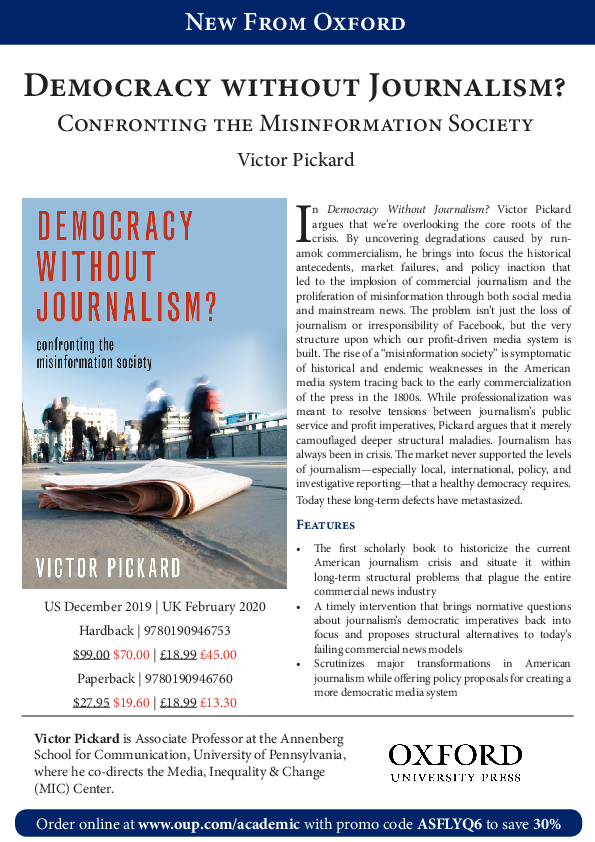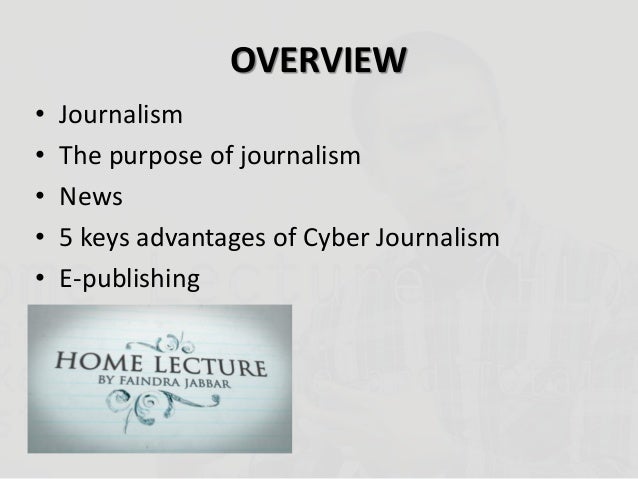
The term 'new media' will not be 'new' anymore, as most forms of culture will be distributed through computers.

The problem with this is that the definition must be revised every few years. (at least for now) Internet, Web sites, computer multimedia, Blu-ray disks etc.
New Media as Computer Technology Used as a Distribution Platform – New Media are the cultural objects which use digital computer technology for distribution and exhibition.  New Media versus Cyberculture – Cyberculture is the various social phenomena that are associated with the Internet and network communications (blogs, online multi-player gaming), whereas New Media is concerned more with cultural objects and paradigms (digital to analog television, iPhones). Allow forms of communication that were previously separate to overlap and interconnect.Īlthough there are several ways that New Media may be described, Lev Manovich, in an introduction to The New Media Reader, defines New Media by using eight propositions:. Provide opportunities for interactive communication. Provide the possibility of increasing the speed of communication. Allow for a huge increase in the volume of communication. Alter the meaning of geographic distance. According to Neuman, 'We are witnessing the evolution of a universal interconnected network of audio, video, and electronic text communications that will blur the distinction between interpersonal and mass communication and between public and private communication' (Neuman cited in Croteau and Hoynes 2003: 322).
New Media versus Cyberculture – Cyberculture is the various social phenomena that are associated with the Internet and network communications (blogs, online multi-player gaming), whereas New Media is concerned more with cultural objects and paradigms (digital to analog television, iPhones). Allow forms of communication that were previously separate to overlap and interconnect.Īlthough there are several ways that New Media may be described, Lev Manovich, in an introduction to The New Media Reader, defines New Media by using eight propositions:. Provide opportunities for interactive communication. Provide the possibility of increasing the speed of communication. Allow for a huge increase in the volume of communication. Alter the meaning of geographic distance. According to Neuman, 'We are witnessing the evolution of a universal interconnected network of audio, video, and electronic text communications that will blur the distinction between interpersonal and mass communication and between public and private communication' (Neuman cited in Croteau and Hoynes 2003: 322). 
Russell Neuman (1991) suggests that whilst the 'new media' have technical capabilities to pull in one direction, economic and social forces pull back in the opposite direction.

Shapiro (1999) argues that the 'emergence of new, digital technologies signals a potentially radical shift of who is in control of information, experience and resources' (Shapiro cited in Croteau and Hoynes 2003: 322).








 0 kommentar(er)
0 kommentar(er)
